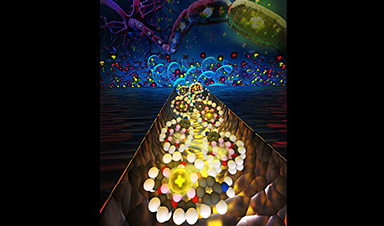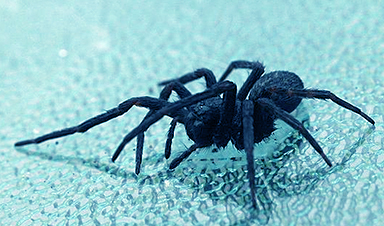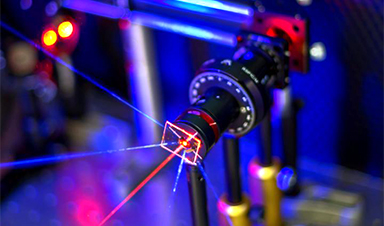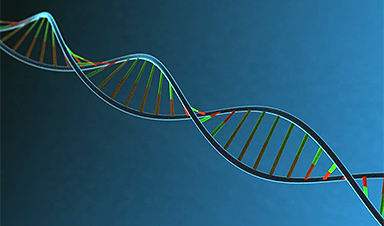Laboratory’s nanopore research hits a nerve
Since the discovery of biological ion channels and their role in physiology, scientists have attempted to create man-made structures that mimic their biological counterparts. New research by Lawrence Livermore National Laboratory (LLNL) scientists and collaborators at the University of California, Irvine shows that synthetic solid-state nanopores can have finely tuned transport behaviors much like [...]









